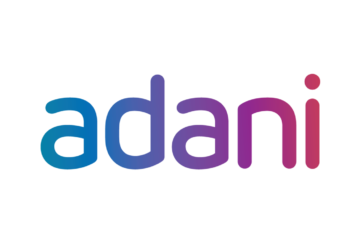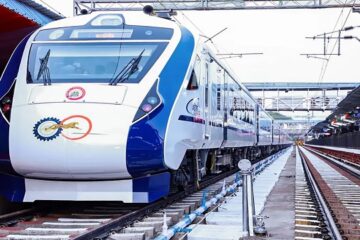
The SBI analysis reveals a low implementation rate in the states of Telangana, M.P., Jharkhand, Punjab, Karnataka, and U.P.
According to a study by the experts at the State Bank of India, just around half of the intended recipients of agricultural loan waivers declared by nine States since 2014 have actually got debt write-offs.
Farm loan waiver programmes were most poorly implemented in Telangana (5%), Madhya Pradesh (12%), Jharkhand (13%) Punjab (24%) Karnataka (38%) and Uttar Pradesh (37%) as of March 2022, according to the percentage of eligible farmers who have received the promised benefits (52 percent ).
In contrast, agricultural loan waivers implemented by Chhattisgarh in 2018 and Maharashtra in 2020 were obtained by 100% and 91% of the eligible farmers, respectively. SBI analysts estimate that 68% of those who were eligible for a similar waiver offered by Maharashtra in 2017 and valued at 34,000 crore had received it. The waiver affected 67 lakh farmers.
On the basis of 10 agricultural loan write-offs totaling 2.53 lakh crore declared by nine states in 2014, the SBI analysis was built. Of the 42 lakh qualified farmers in Andhra Pradesh, 92% had benefitted from the loan waivers, compared to just 5% of those in Telangana who had received assistance.
As of March 2022, just around 50 percent of the 3.7 million eligible farmers have received the amount of loan waivers they were qualified for since 2014…. Farm Loan Waivers by States have failed to bring relief to intended subjects despite much hype and political patronage, sabotaging credit discipline in selected geographies and making banks and financial institutions wary of further lending,” the SBI report noted, referring to it as a’self goal’ inflicted by the State on its subjects.
Reasons why this may be the case
Among the likely causes for the poor implementation rate of these debt waivers is the rejection of farmers’ claims by State Governments, restricted or low budgetary room to satisfy pledges, and subsequent changes in Governments, according to the research..
In addition to the benefits not reaching the intended farmers, the research also raised doubts about whether they genuinely assist farmers in true hardship. In certain states, more than 80% of the accounts eligible for agricultural loan exemptions were in the standard category, raising the issue of whose interest the waivers serve.
Only 43 percent of farmers covered by Maharashtra’s loan waiver in 2020 had standard accounts, compared to 46 percent for Karnataka, which began a 44,000 crore waiver scheme for 50 lakh farmers in 2018.
Lending without collateral is a risky business model because it undermines the long-term interests of farmers and reduces the government’s ability to make beneficial investments in agricultural infrastructure.

Bimal Mardi is a Professional Content Writer. He works in First Santal Broadcast Network TV/ News channel in India. Bimal Mardi writes about Technology, Education and Tech Product Reviews



